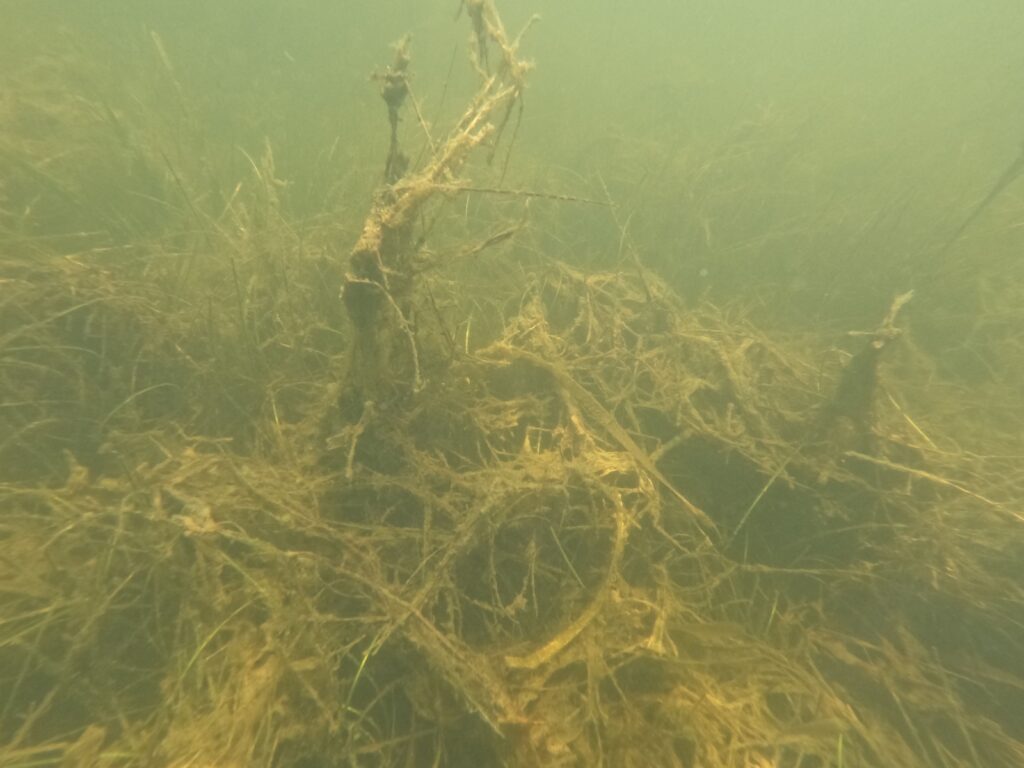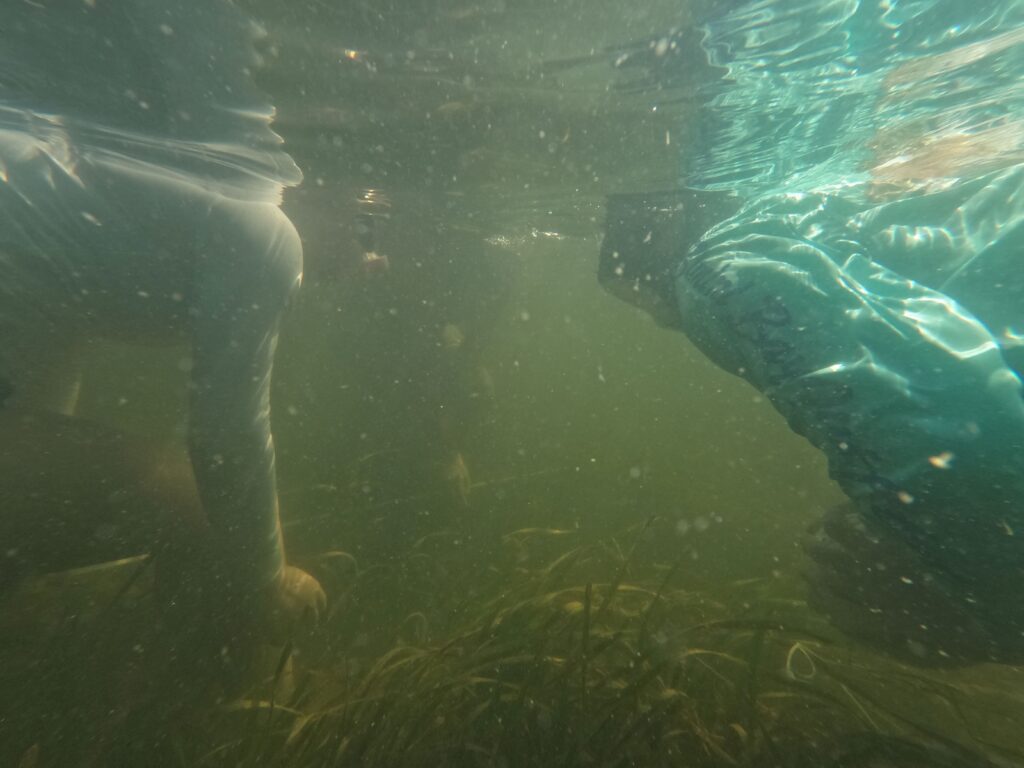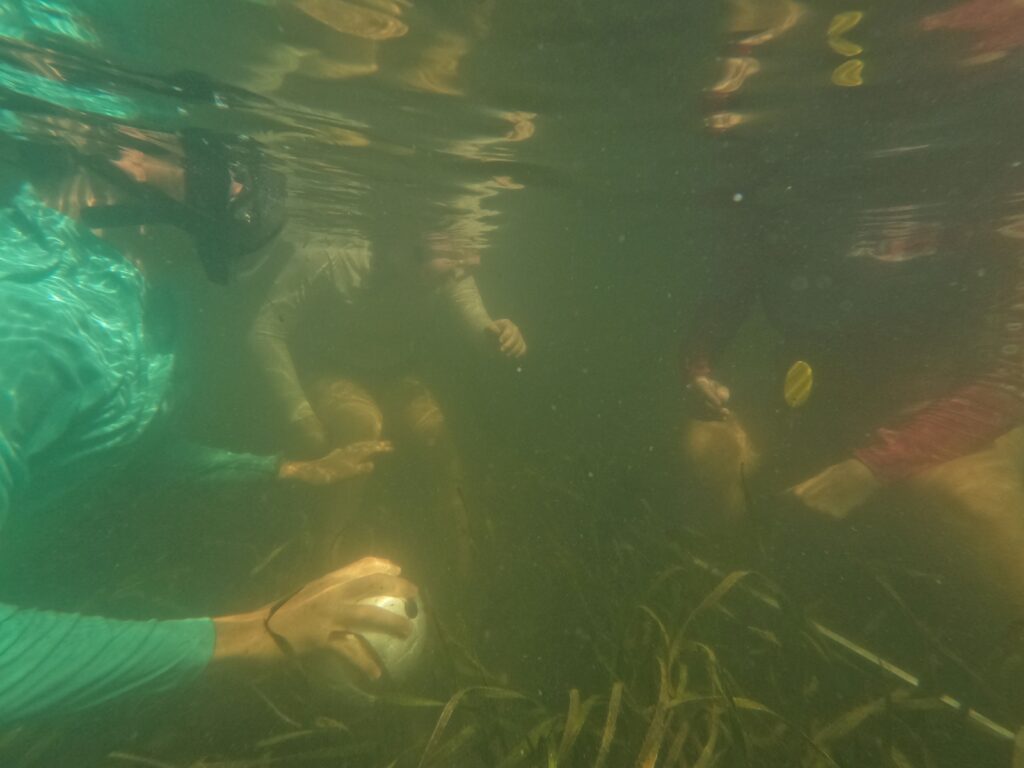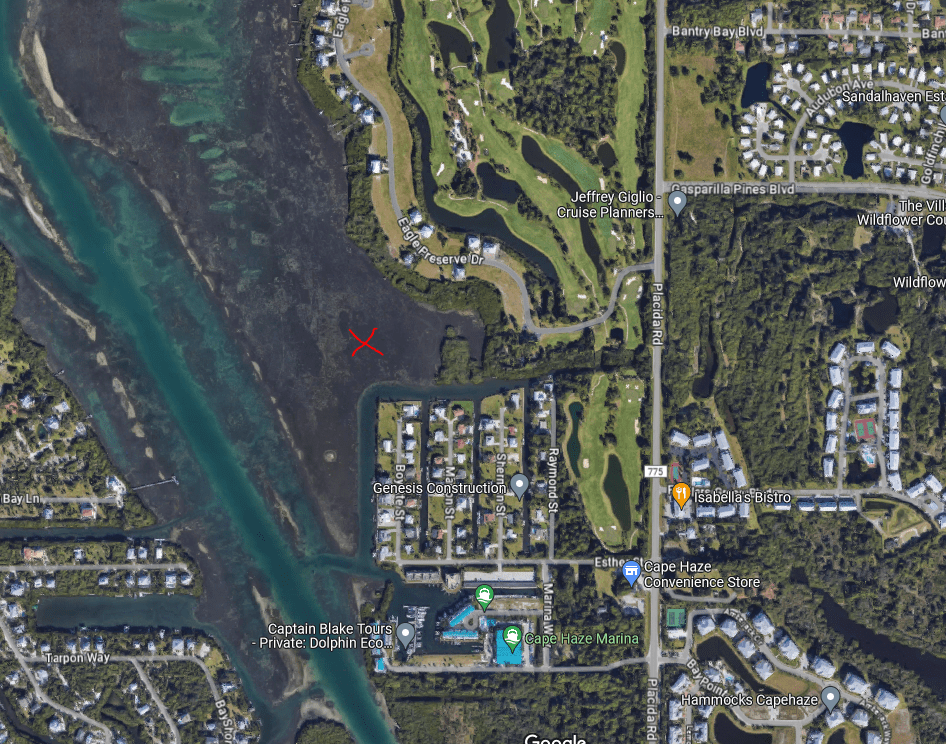Youth dive into water quality survey around Cape Haze & Coral Creek

When a group of Cape Haze residents met last month with Charlotte County officials about a proposed sewer project in their neighborhood, they had a new set of data: water quality tests taken by a group of high school volunteers.
The group, led by biologist and resident Robert J. Robbins, took the surveys by boat at creek locations around Cape Haze this summer. Locations included Lemon Bay, Lemon Creek, Gasparilla Marina, Coral Creek and Amberjack Creek. They presented the water quality data on Oct. 31.
“We tested 17 spots,” said Robbins, who is an expert in coastal marine biology and ecology, and is the author of a doctoral thesis on salinity fluctuations and coastal mangrove fish populations.
The group’s data were acquired three high school students from Lemon Bay High School, as well as Robbins. They were all part of a volunteer team under the umbrella of Lemon Bay Conservancy BayWatch.
While the students helped with water collection, Robbins took a snorkel down himself to get seagrass photos. The photos showed clearer grasses near the Cape. The goal was to gather information on actual water quality, as the county is in the midst of planning for new sewers in the neighborhood just off Placida Road across from the Cape Haze Publix.
Robbins, along with fellow Cape Haze Property Owners Association President Rob Matthews, presented the information to Charlotte County officials, who are weighing the project.
In the data, the nitrogen in the water varied from 0 to 4 milligrams per liter. The tests were taken with HACH kits, which are commercially available and used in marine biology surveys.
They also tested the so-called “gray” water that is treated by the county and used for lawn water and for golf courses across Cape Haze. That water provided by the county had from 13 to 15 milligrams of nitrogen per liter.
The sewer project is in the design engineering stage, which will provide a preliminary engineering report with input from residents.
After this, an “initial assessment resolution” will be presented before a public hearing can be set.














